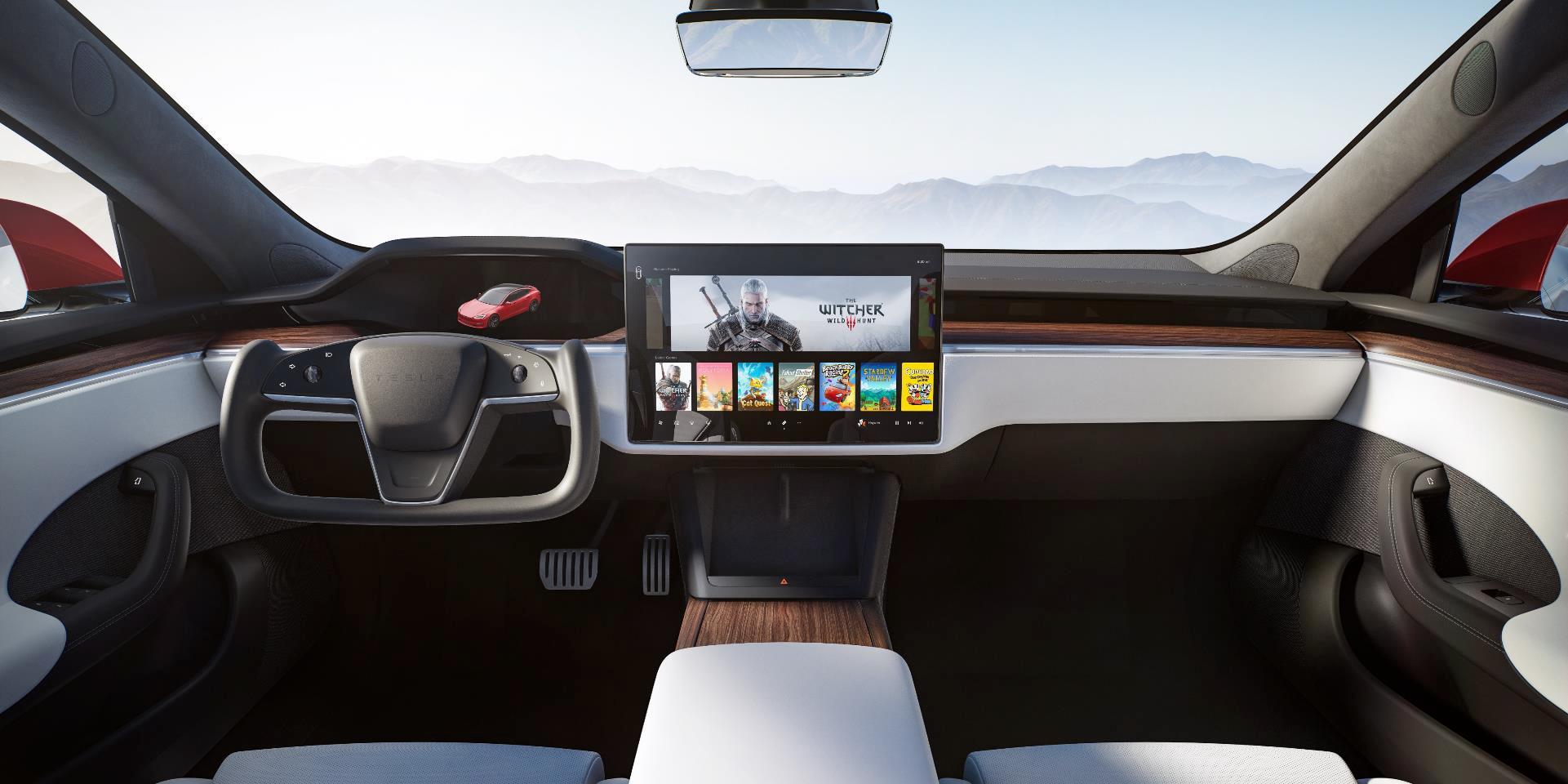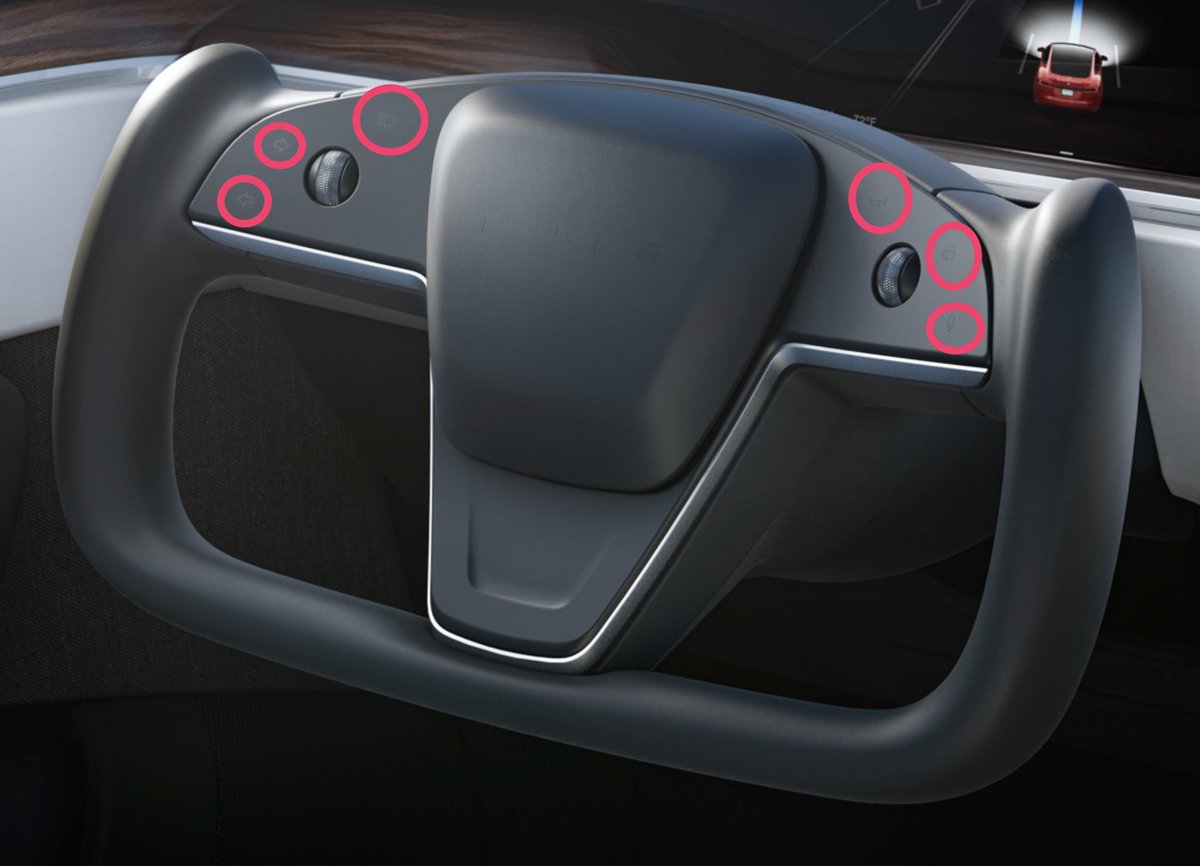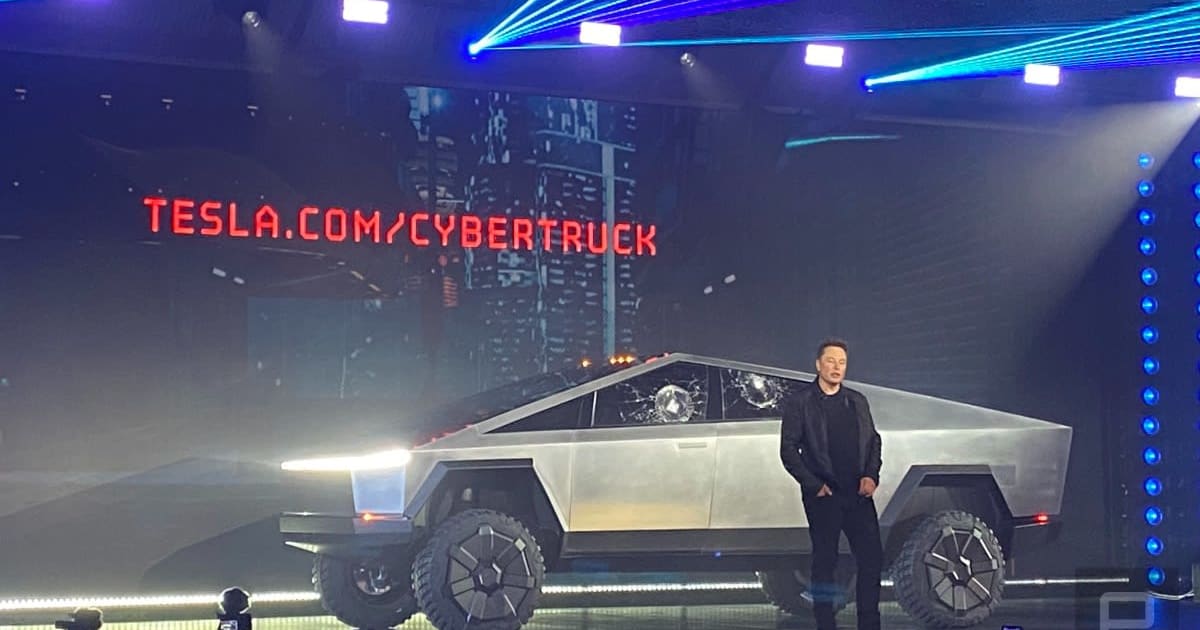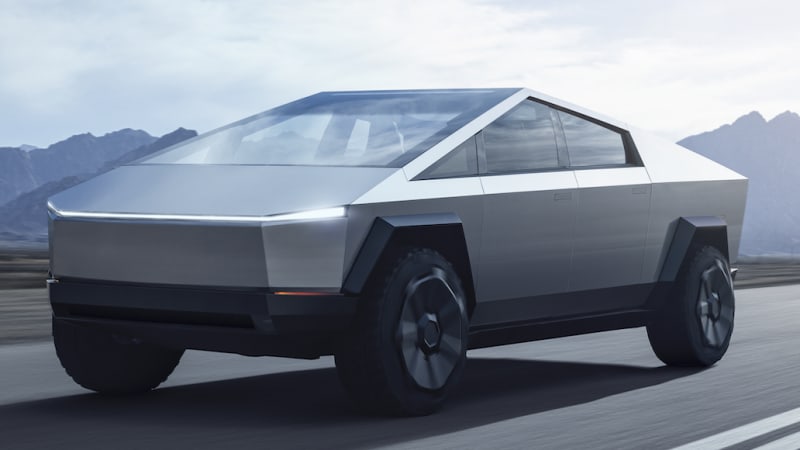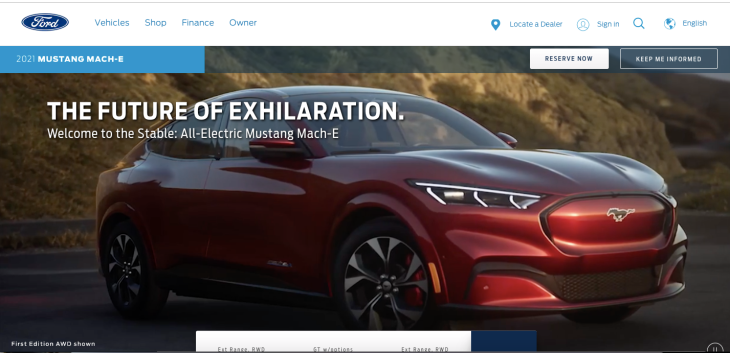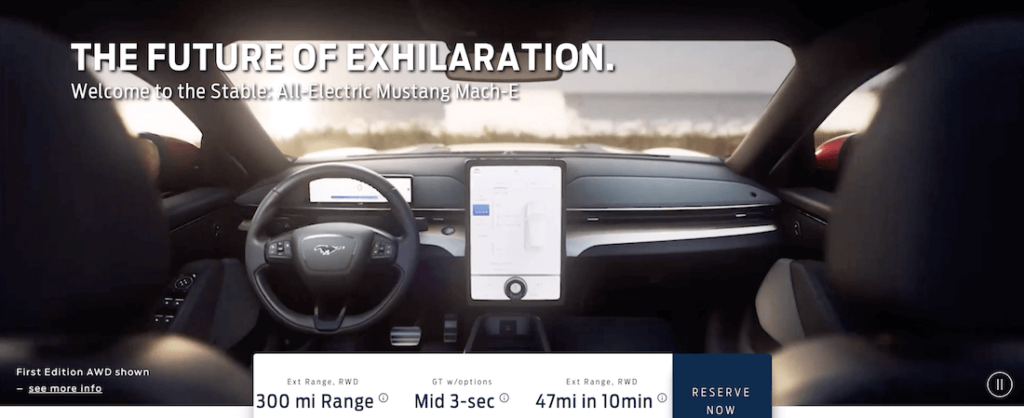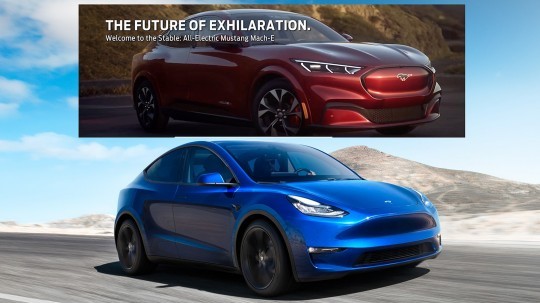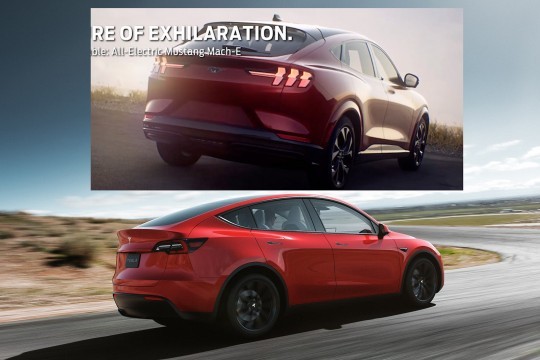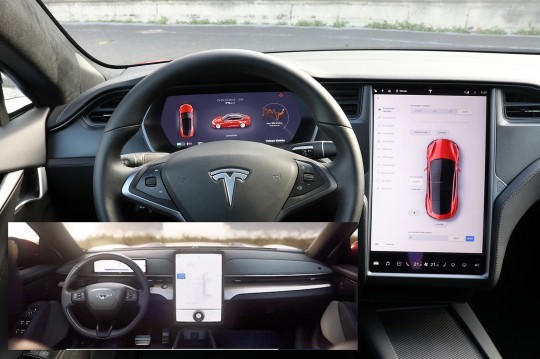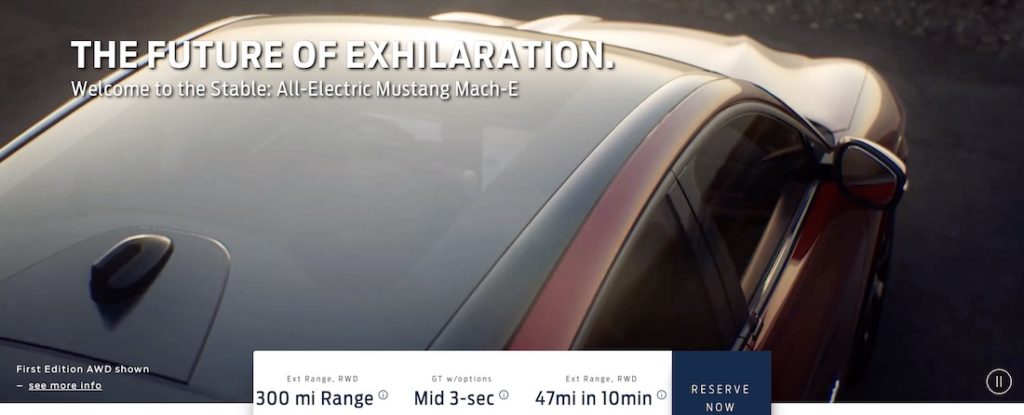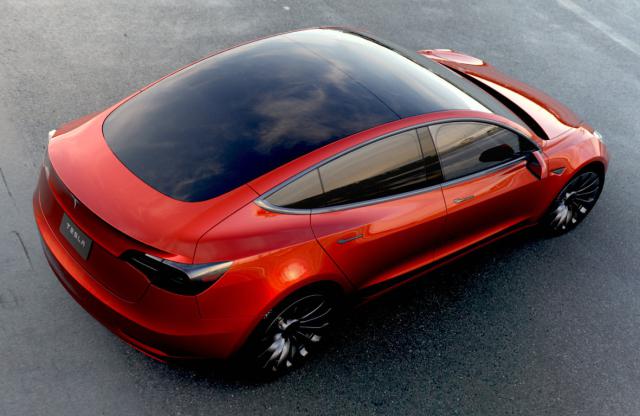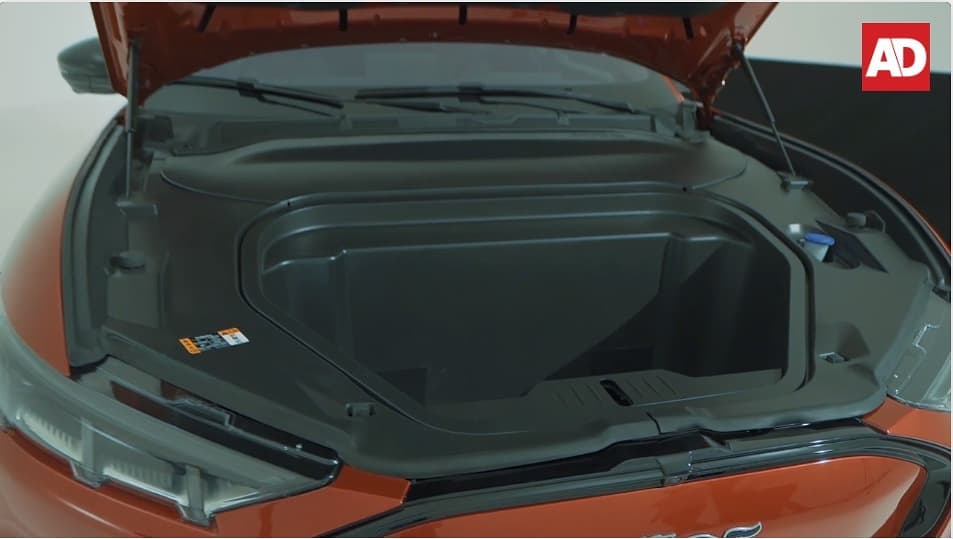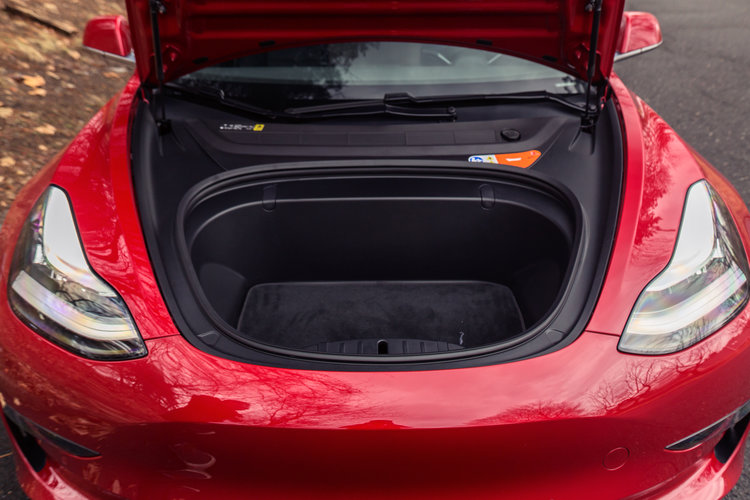Back on June 10th, five days ago, Tesla had an unveiling for their revamped Model S (for Sedan) vehicle, the Model S Plaid.
I missed the event but did read up on it the next day and posted some thoughts about what was shown (you can read ‘em here).
The bottom line for me was that while the car has impressive specs, at $129,000 (or more) the car is too pricey for me and, frankly, many of those impressive specs -mostly involving speed- don’t really mean much to me. I don’t see myself ever driving more than some 80-85 mph on the highway anyway, so why get excited for a car that can theoretically do 200?
There was, however, one thing that I found curious about this “refreshed” model and wondered how good it would be. It involved the new steering wheel… or rather, steering yoke.
As you can see in the photograph above, the Plaid Model S has what looks like an aircraft yoke control versus your standard steering “wheel”.
When I first saw it, I thought it, along with the rest of the car’s interior, certainly looked pretty cool and modern but I wondered how comfortable it would be to drive with such a control versus the standard wheel.
Welp, in the days since the formal release of the Plaid Model S (I believe some 25 vehicles were delivered that day with the promise of ramping up to several hundred each week then several thousand) we’ve had some owners of these cars post videos to youtube and twitter showing how they work.
The results, I’m sad to say, aren’t terribly positive for me…
I mean, the individual who has the car is obviously testing some sharp turns here. He’s specifically pushing the yoke to its “limits” I suppose and giving viewers an idea of how it will work when you do have to make so many sharp, almost full 360 degree turns.
Thing is, watching this video is rather… painful.
The way the driver crosses his arms over, sometimes stumbling one arm into the other, doesn’t fill me with all that much inspiration to want to try out this form of driving.
I’ve noted it before: I have a Model 3 Tesla and I love the car to death. I also am seriously impressed with Elon Musk and his company and how they’ve been able to change the paradigm of cars, making it only too obvious that internal combustion engines (ICE) vehicles are way past their prime and we should have had these car companies work on EVs a long time before.
But, like all companies -especially those as big as Tesla now is and especially given how much its CEO likes to tweet and/or make his opinions on various things known- there have been stumbles along the way. There are those who really don’t like -maybe even hate- Elon Musk and feel he’s a jerk… or worse.
There are those who don’t like the Tesla vehicles, though I suspect that number is dropping quite a bit. All you have to do is take a test drive of the Model 3 or Y and you’ll see the car is indeed the next level of vehicle.
But (redux) Tesla is not infallible and I feel like the yoke steering wheel on the Model S Plaid is a mistake, at least based on what I’m seeing on the video above.
My understanding is that the Plaid models will have the option to either have the yoke or go for a more standard steering wheel and, if I should ever happen to trip over some $129,000 while walking one day and have nothing else better to do with the money but order one of those cars, I’ll certainly check into the possibility of getting them with the standard steering wheel.
Of course, maybe I’m wrong. Maybe there will be software adjustments which will make the yoke work easier than what we’re seeing in the video.
Maybe.
Until then, though, I’m inclined to stay with the regular steering wheel.
UPDATED/POSTSCRIPT
So I saw the above video first on Reddit and a little later and over on jalopnik.com, Jason Torchinsky wrote up an article about this video…
Real-World Video Of The Tesla Yoke Steering Wheel Is As Bad As You Think
Now, I frequent jalopnik.com now and again and I’m getting familiar with the writing of Mr. Torchinsky and… he doesn’t seem like much of a fan of either Tesla or Elon Musk, though there are times he has written positive articles about them. However, and perhaps due to the way things are, I guess you get more clicks/interest in an article is there’s a certain amount of snark or anger or humor or whatever.
Regardless, I read the article and based on the title, you kinda get a sense of where Mr. Torchinsky comes down on the video presented above.
However…
Interestingly, after posting the article the man who made the video sent a clarification/explanation of what the video was about, as well as his thoughts on the Model S Plaid’s yoke steering wheel.
To Mr. Torchinsky’s credit, he posted the man’s statement and I feel it is worth reposting here:
The first video needs a bit of context. It was never meant for broad consumption—that was literally the second time I drove the car, having just bought it home the night before. A question had come up in a TMC forum thread about the steering ratio for the yoke, and I was curious too , so I took the car out and drive it around a bit in different scenarios so people could see how much turning was involved—that is one of the reasons I did not say anything—it was never meant to be a demonstration of ease of use.
But, as things work on the internet, someone posted it online (to Reddit, IIRC) and it took on life of its own. At that point, I decided to do a second video to provide a more honest and complete assessment. I went into the purchase of the Model S with a certain amount of trepidation about both the yoke and the stalkless and I figured I am not the only one, so might as well share the journey.
My take when people ask me is this: the yoke has a learning curve, but it is not insurmountable. I think if folks understand that, then they can make informed decisions and know what to expect. For me, I have about 300 miles in the car and I have finally stopped reaching for a non-existent turn signal stalk, and for the last day or two, stopped thinking about the yoke at all and just gone back to steering and enjoying the car—not perfect muscle memory yet, but also not having to constantly think about where my hands are and what they should be doing.
The first paragraph confirms something I suspected about the video and noted above: The man filming his driving is doing all kinds of turning to show, up to and including a 360 degree turn, how the yoke handles this.
What I didn’t know and he’s clarified is that this was only the second time he drove the car. It certainly explains why he seems so awkward doing all these turns.
Further, he goes on to state that he’s now more comfortable with using the yoke steering wheel and that it apparently isn’t as awkward to use as it appears in the original video.
I’m relieved to read this. It would be scary if Tesla simply released this yoke without at least somewhat extensively testing it to make sure it would work as a “new” steering device versus being a hazard compared to a regular circular wheel.
Regardless, I will stick with what I also said above: I’m more comfortable with the circular steering wheel and, unless it is proven over time that this new version of the steering yoke is indeed an improvement, I’ll stick with what I’m more comfortable with.




